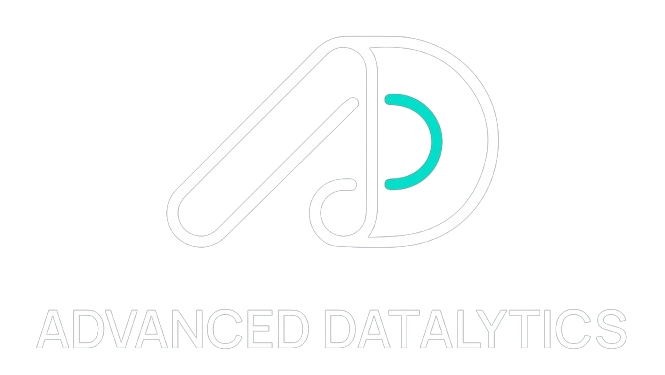
Introduction
Understanding how to develop an MVP is essential for both new ventures and established enterprises. A minimum viable product (MVP) represents the most streamlined working version of your product that still addresses a clear problem for your target users. It contains only the essential functions, leaving advanced capabilities for later phases.
By building an MVP, organizations can evaluate an idea in its early stages without committing substantial resources. This method enables a quicker market entry and the opportunity to engage early adopters who provide actionable feedback. Such insights are critical for refining the product and achieving product market fit.
In MVP product development, teams base decisions on measurable user behavior rather than assumptions. This approach reduces uncertainty, safeguards investment, and informs the design of future iterations.
Partnering with an experienced development team further strengthens the process. Professionals can recommend suitable tools, design intuitive interfaces, and ensure reliable performance. When done right, this strategy turns an idea into a product fast, works well, and costs less.
Steps for How to Develop an MVP in Software Development
Creating a minimum viable product (MVP) is a structured process. Each step ensures the product remains focused on solving real problems while staying cost-effective and market-ready.
Define Your Objective
Start by identifying the exact problem your product will address. Be specific about the value it will bring to target users in the early stages. A clear goal guides the development team and keeps every decision aligned with the core purpose. This step also helps in planning future improvements.
Identify Key Features
List all possible features, then filter out anything that does not directly support your main objective. Focus only on the essentials that will create a functional and testable version of your product. Limiting the scope speeds up development and reduces costs while helping you reach product market fit faster.
Create a Development Roadmap
Outline a timeline for building an MVP, including milestones for design, testing, and feedback. A roadmap keeps progress on track and helps manage resources effectively. It also ensures each phase receives proper attention before moving to the next.
Choose Technology Stack
Select the right programming languages, frameworks, and platforms that suit your project goals. The chosen stack should allow flexibility for updates, scalability for growth, and stability during the initial release. Matching the tools to your needs ensures smoother MVP software development.
Build & Test
Begin building an MVP with your development team, ensuring each feature works as intended. Test the product across devices, browsers, and operating systems. This prevents costly issues later and ensures the MVP is ready for real-world use.
Launch to a Controlled Audience
Release the MVP to a select group of early adopters. These users provide initial feedback and help you understand how the product performs under real conditions
Gather Feedback & Improve
Launch the MVP to a controlled group of early adopters who can provide real market feedback. Collect data on usability, performance, and customer satisfaction. Use these insights to refine your product, fix weaknesses, and prepare for a wider release.
MVP Product Development Best Practices
MVP product development works best when guided by proven practices. These principles help the development team create a version of your product that meets real user needs while staying on time and within budget. By applying them from the early stages, you increase your chances of reaching product market fit faster.
Keep the Scope Limited
When building an MVP, focus on solving one main problem for your target users. A limited scope allows the development team to work faster and deliver a reliable first version of your product. This approach also keeps costs low and reduces the chance of delays. Once the MVP proves its value, you can add more features in future updates.
Prioritize Usability
Usability plays a big role in the success of any MVP software development project. Even in the early stages, your product should have a simple interface and clear navigation. Early adopters need to see the value right away without struggling to use it. A user-friendly design increases the chances of positive feedback and stronger engagement.
Collect User Feedback Early
Engaging with your target users early is essential for improving your MVP product development. Feedback helps you identify what works and what needs to change before investing more resources. Use surveys, interviews, or in-app analytics to gather insights. This process moves you closer to product market fit and increases the product’s long-term potential.
Be Ready to Pivot
Sometimes, market feedback reveals that your original idea needs adjustment. In MVP software development, flexibility is key. If your early adopters point to different needs or if competitors shift the market, be prepared to change direction. A willingness to pivot can turn a struggling idea into a successful product.
Common Mistakes to Avoid
When learning how to develop an MVP, it’s important to understand what can go wrong. Many businesses make mistakes that slow progress, waste resources, or prevent the product from connecting with target users. Avoiding these pitfalls increases your chances of achieving product market fit and meeting early adopter expectations. Here are the most common mistake:
- Adding too many features: Putting all ideas into the first version can slow down the launch and cost more. An MVP should only have features that solve the main problem.
- Ignoring user testing: Skipping feedback from real users means missing out on valuable insights. Testing early helps the development team make better decisions.
- Skipping market research: Without research, you risk building an MVP that does not meet real demand. Understanding your market and competition is key in the early stages.
- Not setting clear goals: A minimum viable product MVP must have clear objectives. Without them, it’s hard to measure success or decide what to improve.
- Choosing the wrong technology stack: Using tools that don’t fit your goals can cause delays and higher costs. The technology should support both current needs and future growth.
- Failing to plan for scalability: Even in the early stages, think about how the MVP will grow. A scalable approach helps when your user base expands.
Working with Advanced Datalytics helps you avoid these mistakes and create an MVP that works well, can grow, and is ready for the market.
Why Work With an MVP Development Company
Working with a skilled MVP development company helps you turn your idea into a working product faster and safer. Advanced Datalytics offers a range of benefits that make the process smoother and more cost-effective.
- No upfront cost to test ideas – You can validate your concept without a big initial investment. This allows you to see how your minimum viable product MVP performs in the market before committing more funds.
- Offshore talent delivering sprint speed – Our expert development team works in focused sprints. This approach shortens timelines and gets your MVP to early adopters faster.
- Built-in analytics – We integrate analytics tools and quality assurance checks into every version of your product. This ensures strong performance and reduces post-launch issues.
- Experience across multiple industries – From tech startups to established enterprises, we have handled MVP software development in many fields. This experience helps us adapt to different goals and challenges.
- Strong focus on product market fit – We design every MVP with your target users in mind. This increases your chances of gaining traction in the early stages.
- Clear communication and progress tracking – You receive regular updates and reports, so you can make informed decisions during development.
- Flexible and scalable solutions – We build MVPs that can grow with your business. You can add features later without rebuilding from scratch.
- Proven process from idea to launch – We guide you step by step, from setting goals to delivering a ready-to-use product.
Partnering with Advanced Datalytics means you avoid common pitfalls in MVP product development. Our expertise, resources, and proven process help turn your vision into a market-ready solution with confidence and speed.
For a detailed walkthrough, visit our main guide on MVP development services to see the full process from idea to launch.
FAQs About Developing an MVP
What tools are used for MVP development?
Tools vary depending on the type of product and the target users. For example, mobile apps may require different frameworks than web platforms. Advanced Datalytics uses modern tools and cloud platforms to build MVPs that work well from the start.
Does MVP mean prototype?
Not exactly. A prototype is a visual or functional model that shows how the product might work. A minimum viable product MVP, on the other hand, is a working version of your product with core features ready for real use. Advanced Datalytics’ development team ensures that your MVP is stable, reliable, and ready for feedback from early adopters.
When to launch an MVP?
Launch an MVP once you build, test, and ensure the core features meet user needs. Launching too early can lead to poor first impressions, while launching too late can delay valuable feedback. Advanced Datalytics’ development team ensures the timing aligns with your market entry goals.
How long does MVP development take?
The time frame can range from a few weeks to several months, depending on the scope and complexity. Advanced Datalytics follows a clear process to deliver within optimal timelines without compromising quality.
Can Advanced Datalytics help improve an existing MVP?
Yes. If you already have a version of your product but need enhancements, performance upgrades, or new features, we can refine it. Our process includes analyzing current performance, identifying gaps, and implementing improvements based on user feedback.
Conclusion
Learning how to develop an MVP is a key step for both startups and established companies. A well-planned MVP lets you test ideas, lower risks, and learn what your users need before spending a lot of money. It allows you to enter the market faster while collecting valuable feedback from early adopters.
In the early stages, focusing on building an MVP with only essential features helps your development team work efficiently. This approach lets you test, improve, and align your product version with product market fit. It also directs your resources toward what truly matters for your users.
By using best practices and avoiding common mistakes, you can make an MVP that gives real value and sets up long-term success.
Turn your idea into a market-ready MVP with expert support — get your free quote today.


